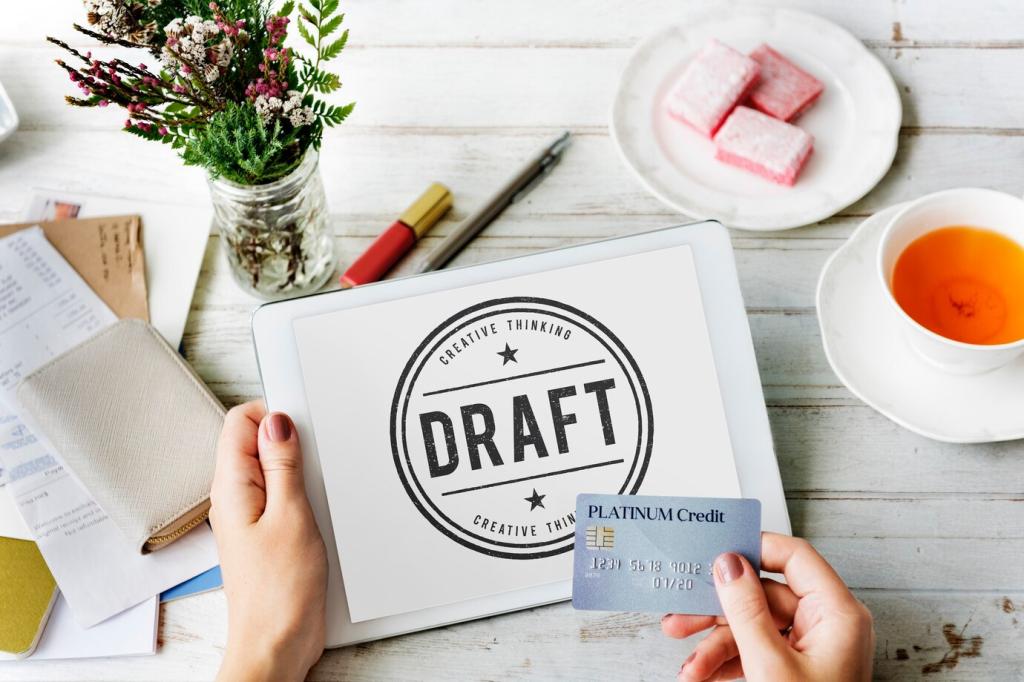Sensory Language that Paints the Room
Describe where the eye travels and why. Note how a matte wall absorbs glare, how a transom edits the scene, how a pendant frames the table like a spotlight. Use verbs that move—glide, pool, glance. Share a photo and try a one-sentence ‘cinematic cut’ in the comments.
Sensory Language that Paints the Room
Words can rustle like linen or hum like oak. Write the hush of cork underfoot, the crisp click of fluted glass, the citrus drift from a courtyarded kitchen. Let sensory details anchor benefits. Subscribe to receive our monthly sensory thesaurus for material-forward storytelling.
Sensory Language that Paints the Room
Choose metaphors that respect craft. Call terrazzo a constellation underfoot, not confetti, if the palette is disciplined. Let limewash breathe like mist rather than paint. Accurate, evocative comparisons elevate both credibility and charm. Post your favorite material metaphor; we’ll workshop it together.

